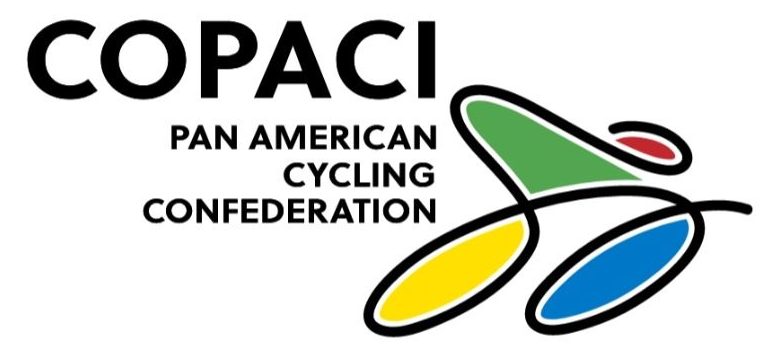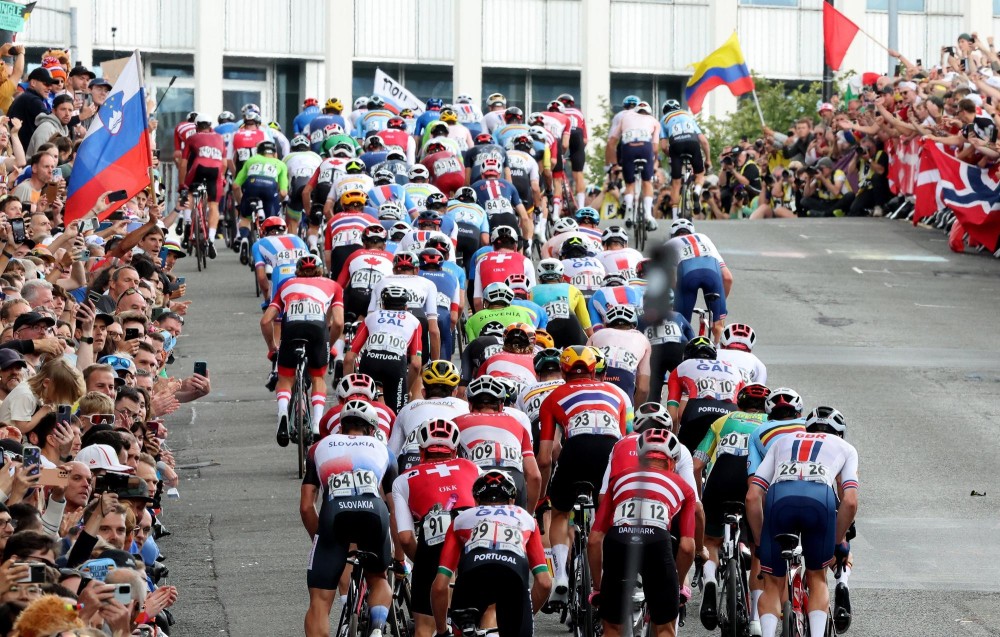Months after the first cycling super world championships, in which the UCI grouped in the same venue most of the disciplines under its umbrella, the organization of the championships takes stock through a report commissioned to the accounting firm Ernst&Young, which is categorical: they were a resounding success.
In recent times, the organization of major events is often questioned because of the difficulty of making profitable the important investments required for their organization and, on the other hand, it is complex to measure and assess the return obtained after the event. Even so, beyond the economic aspect, these big events usually have another type of repercussion, less tangible and concerning the legacy that remains after its celebration.
This is the case of the Super World Cycling Championships held last summer in Glasgow, the first edition with a format in which the UCI grouped practically all the cycling disciplines that take place under its auspices in the same venue, a format that they intend to repeat every four years and whose second edition will be held in the French region of Haute-Savoie.
Now, a report prepared by Ernst&Young certifies the success of these first super World Cycling Championships, not only in economic terms, in which the positive impact on the region’s GDP or the 220 million pounds spent in the region by those attending this event is valued.
It also values the intangible legacy left by the World Cup, which, according to the report, has inspired many Scots to opt for active mobility in their daily travels. In fact, during the World Cycling Championships, 82% of those attending chose active mobility for their journeys.
However, it is more surprising when non-cyclists are asked. Of these, 55% said that they were inspired by these championships and were likely to start using active forms of travel.
Raising awareness of Scotland’s cycling resources has also been another impact of the championships. At least 91% of attendees said they had discovered the cycling opportunities and infrastructure available for cycling in Scotland as a result of the event.
The media impact was also remarkable, serving to show the world the beautiful landscapes of Scotland that reached 537 million viewers from 130 countries through television, while more than one million visitors enjoyed the various races, the star day being the one that put the rainbow road jersey in the elite category in contention, a race that was followed in situ by 356,000 people.
Of course, both the leaders and the organizers have been tremendously satisfied with the image offered to the world and the legacy left by these Cycling Championships. “This report shows the powerful legacy of the event, which extends beyond simply winning medals: it boosted the economy and inspired healthier lifestyles,” said Angus Roberson, Scottish Culture Secretary.
Meanwhile, Paul Bush, chairman of the championships commented that the championships had set a “benchmark for future editions, paving the way for long-term positive change”.
Source: www.brujulabike.com

